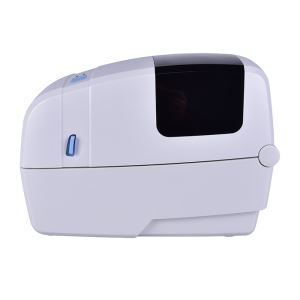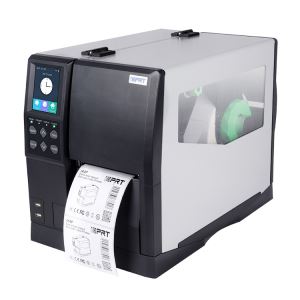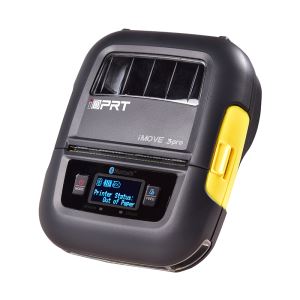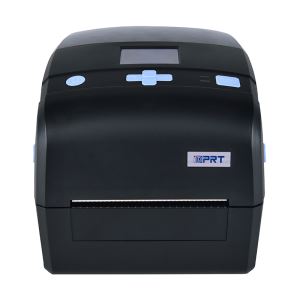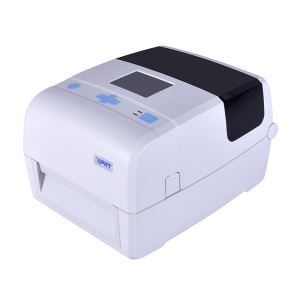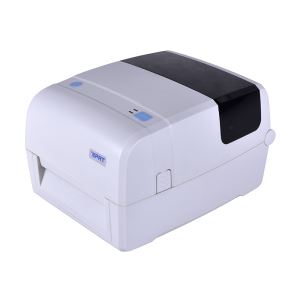Is the transmission speed of the barcode printer related to the interface?
Barcode printer is divided into five interfaces: serial port (also known as rs-232 interface), parallel port, USB interface, network port, and PS/2 (mouse key disk), USB interface output speed is the fastest, support hotplug.
The speed of the printout varies with the choice of interface.
1.Serial ports
A serial port is called a serial interface, and a PC usually has two serial ports, COM 1 and COM 2. The serial port is different from the parallel port in that its data and control information are transmitted one by one. This will be slower, but at longer intervals than the parallel port, so use a serial port for longer intervals. COM 1 typically USES a 9-pin d-connector, also known as the rs-232 interface, while COM 2 sometimes USES the older db25-pin connector, also known as the rs-422 interface, which is rarely used today.
2. Parallel interface (parallel port)
The parallel interface also referred to as "parallel port", is an enhanced two-way parallel transmission interface. The advantage is that you don't need to use other CARDS in the PC, the number of connections is unlimited (as long as you have enough ports), the device is easy to install and use, and the maximum transmission speed is 1.5mbps. At present, the parallel interface in the computer is mainly used as the barcode printer port, and the interface is no longer used as the 36-pin connector but as the 25-pin d-connector. The so-called "parallel", refers to eight bits of data at the same time through the parallel line transmission, so the data transmission speed is greatly improved, but the parallel transmission line length is limited, as the length increases, interference will increase, prone to error.
3. USB interface
USB is the full name of the Universal Serial Bus, USB support hot plug, plug and play advantages, so the USB interface has become MP3, digital cameras and other electronic products of the main way of the interface. The change brought by using USB for barcode printer application is a great increase in speed. The USB interface provides 12Mbps connection speed, which is more than 10 times faster than the parallel port. Under this speed, the transfer time of printing files is greatly reduced. The USB 2.0 standard further improves the interface speed to 480Mbps, which is 20 times faster than normal USB, and significantly reduces the transfer time of printed files.
4. Internet access
Network port is RJ45 network port, printer support network printing, that is, as long as access to the LAN, set its IP, sharing, network protocol, and then set up the same network needs to connect to print the computer (specific steps here will not be expanded), can be transmitted through the network, directly print out the computer data. The biggest advantage of network port printing is that it supports multiple computers to share the same printer, and the printing speed is fast, especially when printing documents with large amounts of data, including complex and high-precision pictures.
5. PS/2 interface
PS/2 is one of the most common interfaces on older computers, used for mouse, keyboard and other devices. The connector is smaller in packaging, still USES the two-way serial communication protocol and provides an optional third set of keyboard scan codes, simultaneously supporting 17 mainframe-to-keyboard commands. Today, all keyboards on the market are compatible with PS/2 and USB keyboards, but with different functions. The advantage of PS/2 is that it does not occupy system resources, but the disadvantage is that its interface equipment does not support hot plug and pull, forced live plug and pull may burn the motherboard.
Related News
- How To Choose A Label Printer?
- The Advantages of Label Printers
- Advantages Of Barcode Printers
- Why Use Thermal Transfer Printing?
- The Diversity Of Label Printers
- Type Of Label Printer
- What Is Label Printer?
- Barcode Printer In The Logistics Industry
- 2D Barcode Scanner
- How The Barcode Scanner Works?
- What Does Barcode Payment Scanner Bring To O2O ...
- Barcode Device Hardware And Barcode Device Soft...
- Why Use A Special Label Printer For Printing La...
- Application Of Barcode Scanner In Logistics Dis...
- What Is The Future Of Industrial Barcode Printer?
- Portable Printer VS Desktop Printer
- Classification Of Printers
- Retail And Catering Printer Application Scenarios
- The Development Of Printers
- 10 Effective Ways To Prolong The Life Of Barcod...


